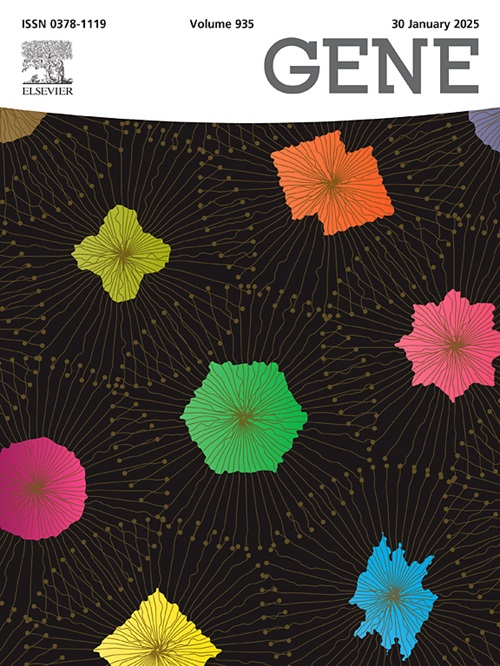Evolutionary dynamics of Influenza A(H3N2) virus in India from 2009 to 2023
IF 2.4
3区 生物学
Q2 GENETICS & HEREDITY
引用次数: 0
Abstract
The influenza virus, with its propensity for rapid genetic evolution, remains a formidable global public health challenge. In particular, the H3N2 subtype of the Influenza A virus is known for its ability to continuously evolve, making it an ongoing concern for public health. To gain insights into the epidemiological dynamics of H3N2 in India, a comprehensive phylogenetic and phylogeographic analysis was conducted spanning the years 2009 to 2023. We analyzed 518 HA gene sequences from India (2009–2023), integrating 462 publicly available and 56 newly generated sequences from 19 different states in India (2018–2023). Bayesian phylogenetic and phylogeographic analyses revealed continuous H3N2 evolution in India since the mid-1990 s with an evolutionary rate of 4.95 × 10-3 substitutions/site/year (R2 = 0.95). The most recent common ancestor for Indian H3N2 sequences dated to 1995 (95 % HPD: 1992–2001), with 2023 strains predominantly belonging to clade 2a.3a.1 (characterized by I140K mutation) showing close match with WHO-recommended vaccine strains A/Darwin/6/2021.
2009 - 2023年印度甲型流感/ H3N2病毒的进化动态
流感病毒具有基因快速进化的倾向,仍然是一项艰巨的全球公共卫生挑战。特别是甲型流感病毒的H3N2亚型以其不断进化的能力而闻名,使其成为公共卫生的持续关注。为了深入了解H3N2在印度的流行病学动态,对2009年至2023年进行了全面的系统发育和系统地理分析。我们分析了来自印度(2009-2023)的518个HA基因序列,整合了来自印度19个不同邦(2018-2023)的462个公开可用序列和56个新生成序列。贝叶斯系统发育和系统地理分析显示,印度H3N2自1990年代中期以来持续进化 ,进化率为4.95 × 10-3个替代/位点/年(R2 = 0.95)。印度H3N2序列最近的共同祖先可追溯到1995年(95% % HPD: 1992-2001),其中2023株主要属于2a.3a.1进化支(以I140K突变为特征)与世卫组织推荐的疫苗株A/Darwin/6/2021密切匹配。
本文章由计算机程序翻译,如有差异,请以英文原文为准。
求助全文
约1分钟内获得全文
求助全文
来源期刊

Gene
生物-遗传学
CiteScore
6.10
自引率
2.90%
发文量
718
审稿时长
42 days
期刊介绍:
Gene publishes papers that focus on the regulation, expression, function and evolution of genes in all biological contexts, including all prokaryotic and eukaryotic organisms, as well as viruses.
 求助内容:
求助内容: 应助结果提醒方式:
应助结果提醒方式:


